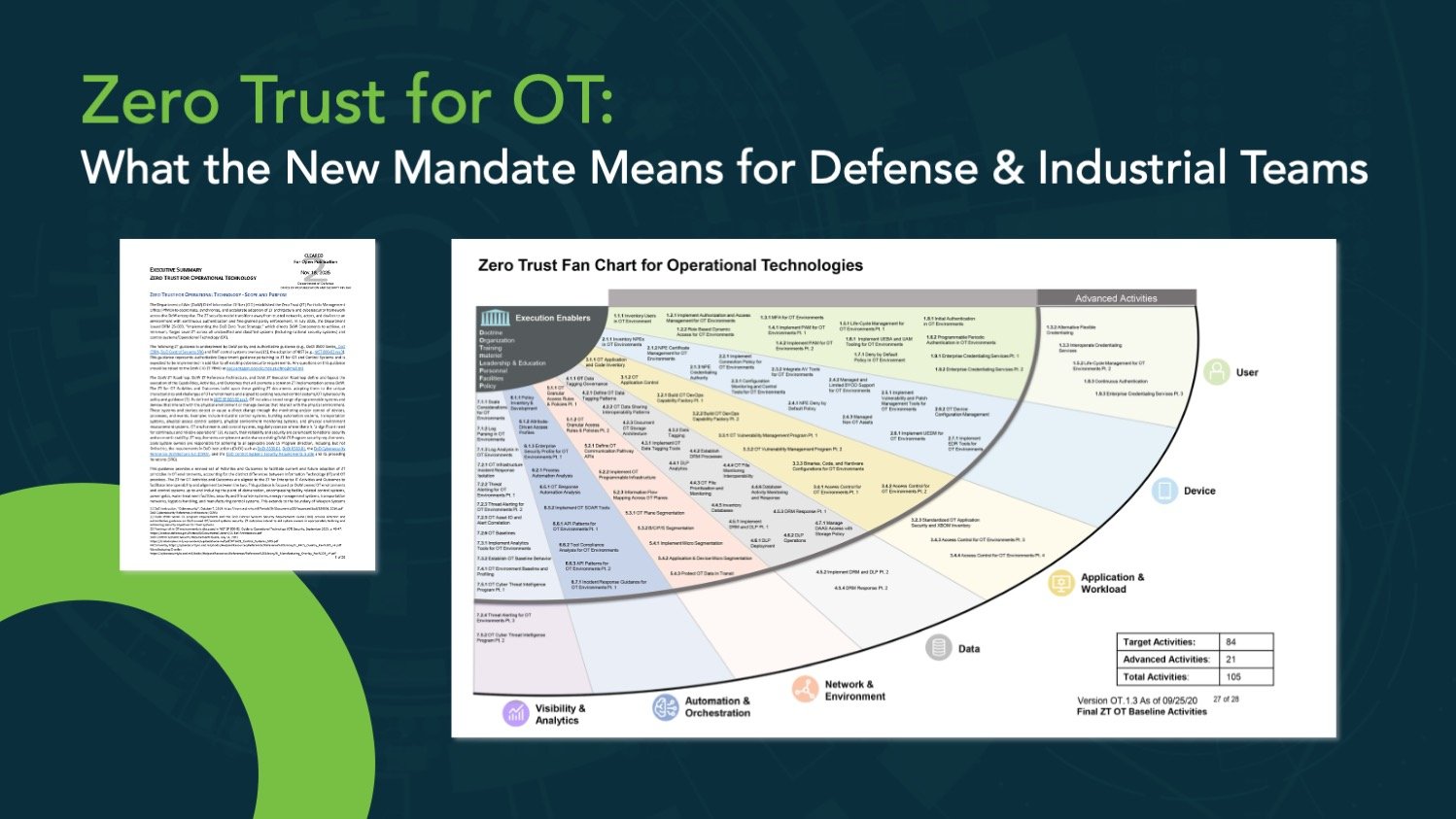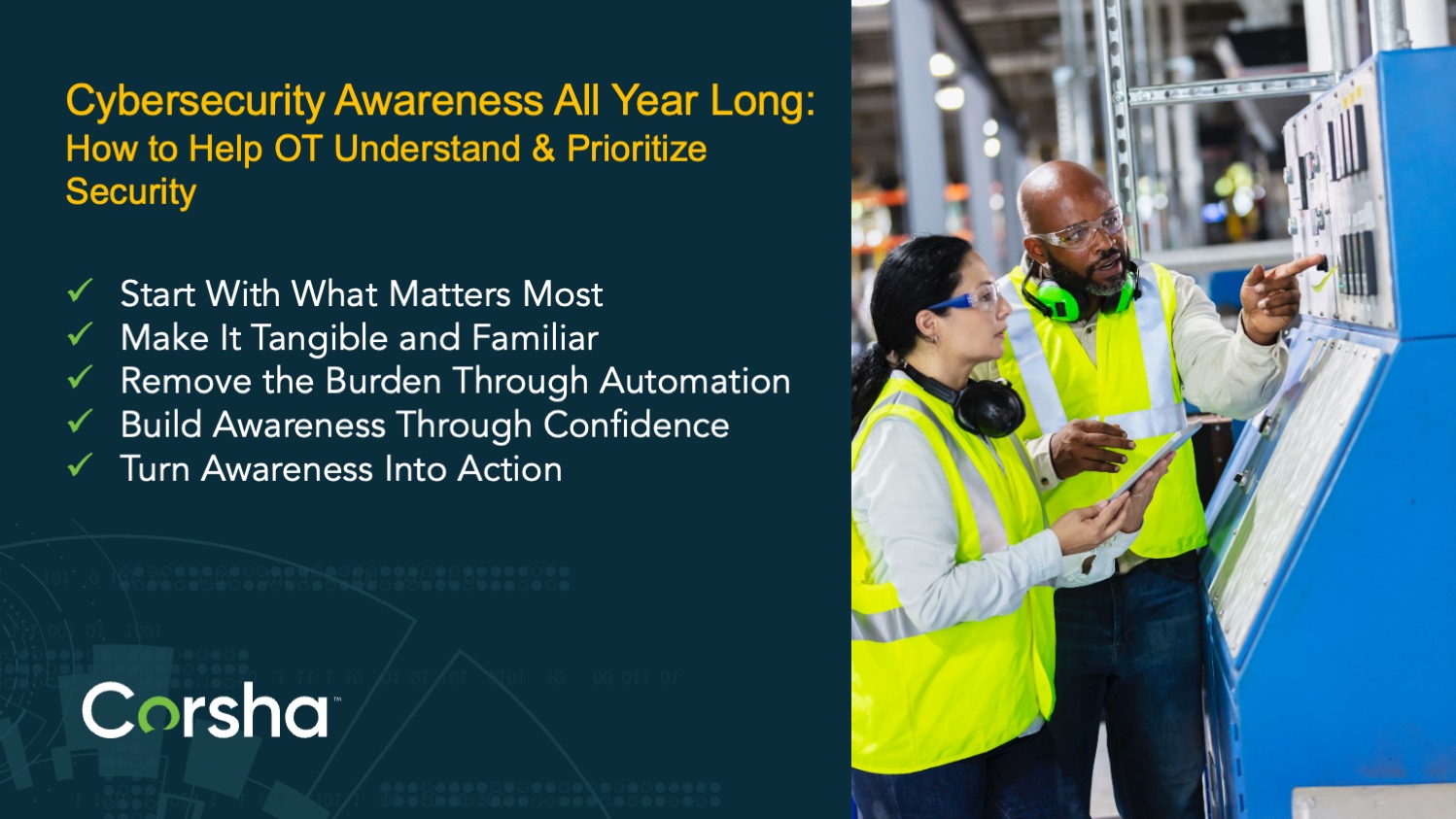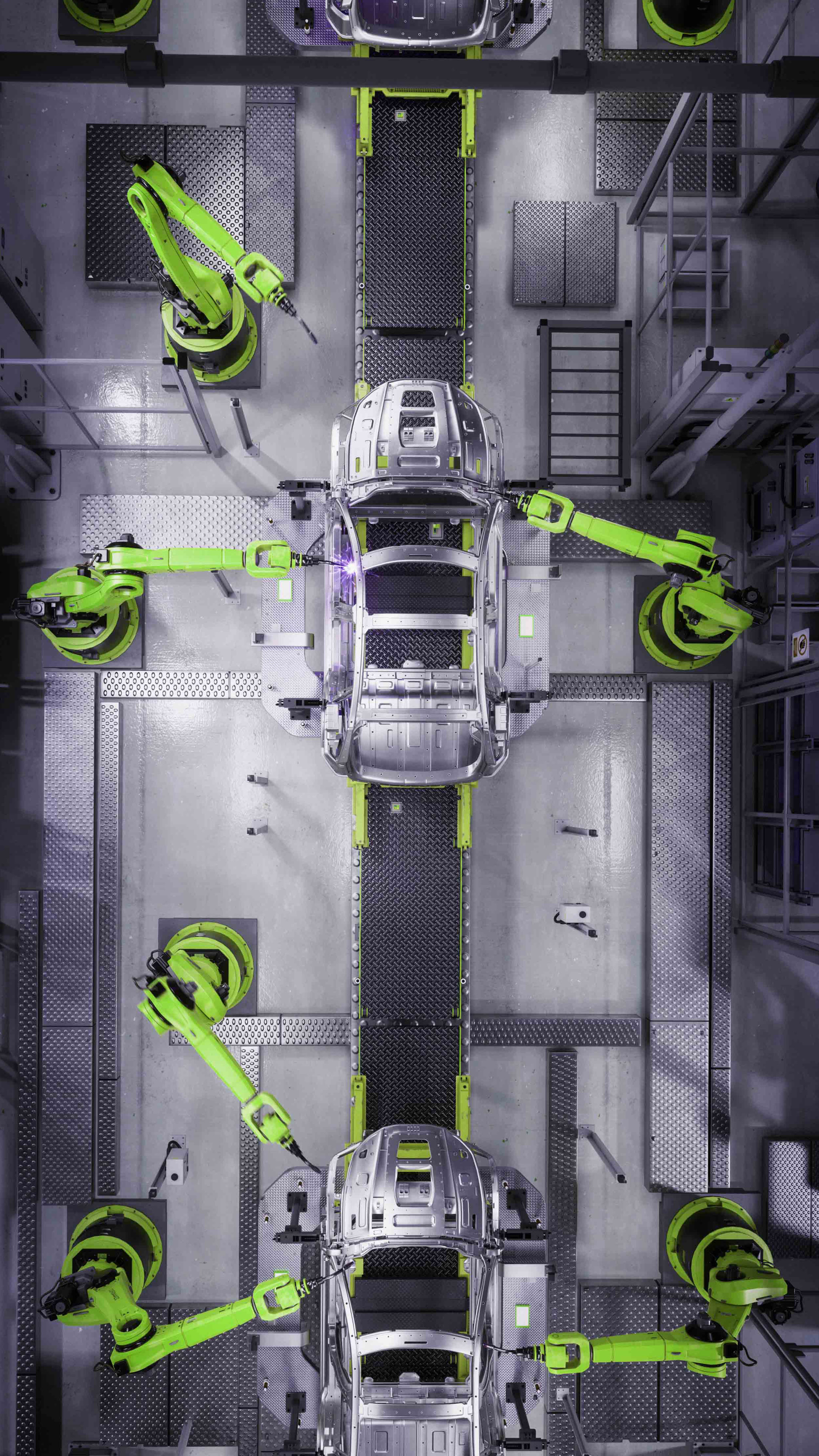In the realm of modern industries, two critical pillars stand tall – Operational Technology (OT) and Information Technology (IT). Each plays a distinct yet interconnected role, forming the foundation upon which today's industrial landscape is built. Understanding the definitions and distinctions between these domains is pivotal in appreciating their symbiotic relationship and the pivotal role communication between them plays in propelling modern industrial processes.
Operational Technology (OT): The Backbone of Industrial Processes
Operational Technology encompasses the hardware and software systems designed to manage, monitor, and control physical devices and processes. It's the engine room that powers manufacturing lines, supervises critical infrastructure, and ensures the smooth functioning of industrial operations. OT systems encompass Industrial Control Systems (ICS), Supervisory Control and Data Acquisition (SCADA) systems, Programmable Logic Controllers (PLCs), and more. These systems are tailored to handle real-time data, process automation, and control tasks, making them indispensable in sectors such as manufacturing, energy, utilities, and transportation.
Information Technology (IT): The Digital Nervous System
Information Technology, on the other hand, deals with computing technologies and networks focused on data processing, storage, and communication. IT systems manage data in the digital realm, encompassing servers, databases, software applications, and network infrastructure. They form the bedrock of business processes, administrative functions, data analytics, and decision-making across industries. IT systems prioritize data integrity, security, and accessibility, driving the management of information resources and ensuring the smooth operation of an organization's digital landscape.
The Significance of Seamless Communication
Historically, Operational Technology (OT) and Information Technology (IT) have operated in standalone, air-gapped enclaves, making it difficult to stream OT data, patch this equipment, and even operate. However, in today’s era of Industry 4.0, connectivity is already expanding beyond this isolated IIoT world into the digital realm. This extension enables seamless communication between OT and IT, resulting in increased efficiency, optimization, and innovation within modern industrial processes.
Imagine a manufacturing plant where OT systems oversee production lines, monitoring machinery health, regulating temperature, and ensuring product quality. Meanwhile, IT systems manage data generated by these processes, transforming it into actionable insights. The synergy between these domains allows for predictive maintenance – OT sensors detect irregularities, transmitting data to IT systems that analyze it to predict potential failures. This preemptive approach prevents costly downtimes, optimizes maintenance schedules, and maximizes efficiency.
Seamless communication between OT and IT also empowers real-time decision-making. Data generated by OT systems is relayed to IT systems, enabling supervisors to monitor production remotely and make instant adjustments based on accurate information. This agility in decision-making enhances operational efficiency and allows for swift responses to unforeseen challenges.
Moreover, bridging the gap between OT and IT enables end-to-end visibility across the value chain. Supply chain data captured by OT systems can be seamlessly integrated with IT systems, providing stakeholders with comprehensive insights into inventory levels, demand trends, and production capacities. This transparency aids in demand forecasting, optimizing inventory management, and ensuring a streamlined supply chain.
Challenges in Securing OT to IT Communication:
There are deep challenges organizations face when securing OT to IT communication. It addresses legacy infrastructure compatibility, varying security postures, real-time constraints, lack of standardization, and asset complexity.
As industries embark on the journey of digital transformation, the integration of Operational Technology (OT) with Information Technology (IT) systems has opened new avenues for innovation and efficiency. However, this convergence has not come without its fair share of challenges, particularly when it comes to securing the communication between these distinct domains.
In a landscape where digital vulnerabilities are exploited by cyber adversaries, unsecured OT to IT communication can expose a risk to operations. The implications are not limited to operational disruptions alone; they extend to the very core of an organization's identity and reputation. To mitigate these risks, organizations must proactively adopt robust security measures, including secure network segmentation, real-time monitoring, and multi-factor authentication for critical interactions. As industries like manufacturing, energy, healthcare, transportation and others continue to evolve, the integration of OT and IT must be guided by the principle that security is not an option but an imperative. By fortifying their digital ecosystems, organizations can navigate the uncharted waters of modernization while safeguarding their operations, reputation, and compliance.
Overcoming these challenges demands a multifaceted approach:
- Strong Identity and Access Management: Enable dynamic and continuous verification processes, like MFA, to significantly reduce attack surfaces in machine-to-machine or service-to-service API communication.
- Risk Assessment and Prioritization: Organizations need to assess the risks associated with OT to IT communication and prioritize their mitigation based on criticality and potential impact.
- Segregation and Segmentation: Network segregation and segmentation ensure that OT and IT systems are isolated where necessary, preventing unauthorized access and lateral movement of threats.
- Security by Design: As organizations update or implement new OT systems, security should be an integral part of the design process, ensuring that security measures are not an afterthought.
- Adoption of Standards: While OT systems lack uniform standards, adopting industry-specific security frameworks and guidelines can provide a starting point for securing communication.
- Real-time Threat Detection: Implementing real-time threat detection and intrusion prevention systems can help organizations identify and respond to anomalies without disrupting critical operations.
- “No Code Change” Solutions: Enabling existing enterprises to leverage integrated process improvements using solutions that can be easily integrated into industrial environments without large-scale replacement of legacy systems or substantial investments in updated or enhanced equipment.
For more insights on securing OT to IT communications, explore our whitepaper, From Legacy to Leading Edge: Challenges and Solutions for OT to IT Security
How Corsha Can Enable You To Securely Hyper-Connect Your OT Equipment To IT Networks
Corsha's Zero Trust Platform offers a cutting-edge solution for advancing API and machine-to-machine security. It introduces the industry's first dynamic and fully automated Multi-Factor Authentication (MFA) for APIs, ensuring that organizations can protect their APIs within complex and dynamic environments like the cloud and edge computing.
What sets Corsha apart is its ability to bring the proven security benefits of MFA, which have been successful with human users, into the realm of APIs and manufacturing protocols. This dynamic and continuous verification process is a fundamental element of zero-trust frameworks, enhancing the overall security posture.
Corsha's platform addresses essential security drivers, including protection against machine-to-machine exploits like man-in-the-middle attacks and API credential stuffing. It also acts as a catalyst for enhancing security and automation in data movement workflows across diverse networks, providing dynamic machine identities for API clients and a unified view of machines in hybrid deployments. Additionally, it offers precise control over API access on a per-machine basis, and excels in creating secure, API-only connections, even for machines that may have pre-existing, non-standard, or inadequate connectivity and security measures.
Corsha’s platform creates fine-grained, API-only connections between untrusted machines and digital engineering systems even across network boundaries that require high trust, continuous authentication, easy integration, full observability, and pinpoint control. By providing both hardware and software-based Connectors, Corsha’s technology is a drop-in solution where modern cyber controls can now be seamlessly retrofitted into Industrial IOT enclaves. All in all, Corsha’s technology acts as a security enabler of crucial automation and data movement workflows within and beyond OT networks.


